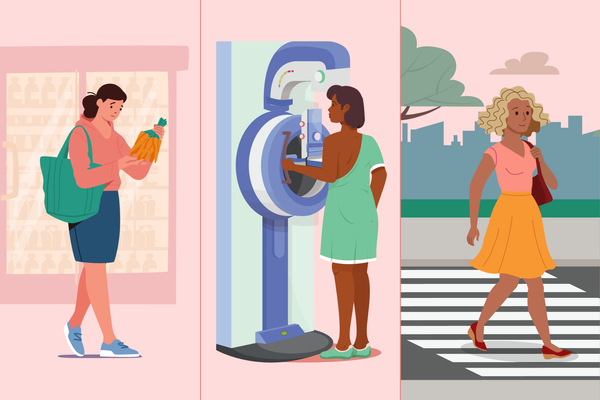HealthyWomen's Vice President of Education
Helaine Bader is a passionate public health advocate and the vice president of education for HealthyWomen. She has spent the last 20 years in the fields of health education, communications and advocacy — helping people understand how to stay healthy and prevent disease; working with grassroots organizations to address health disparities and health literacy in communities throughout the U.S.; and bringing multidisciplinary organizations, experts, and institutions together to tackle issues through collective action.
Early in her career, Helaine conducted epidemiological research in the perinatology department at a hospital and worked as a fellow in the breast cancer division of the National Cancer Institute. She later managed the global communications strategy for a Center of Excellence in Drug Discovery at GlaxoSmithKline. From 2004 to 2010, Helaine worked for Digene (later QIAGEN), directing the global advocacy efforts in cervical cancer. She has consulted with numerous organizations over the years, helping create and implement culturally appropriate educational and awareness campaigns to address disparities in health. Helaine is also co-author of "New Dimensions in Women's Health," now in its eighth edition. Helaine has a bachelor of arts degree from the University of Pennsylvania and a master in public health degree for the University of Pittsburgh.






